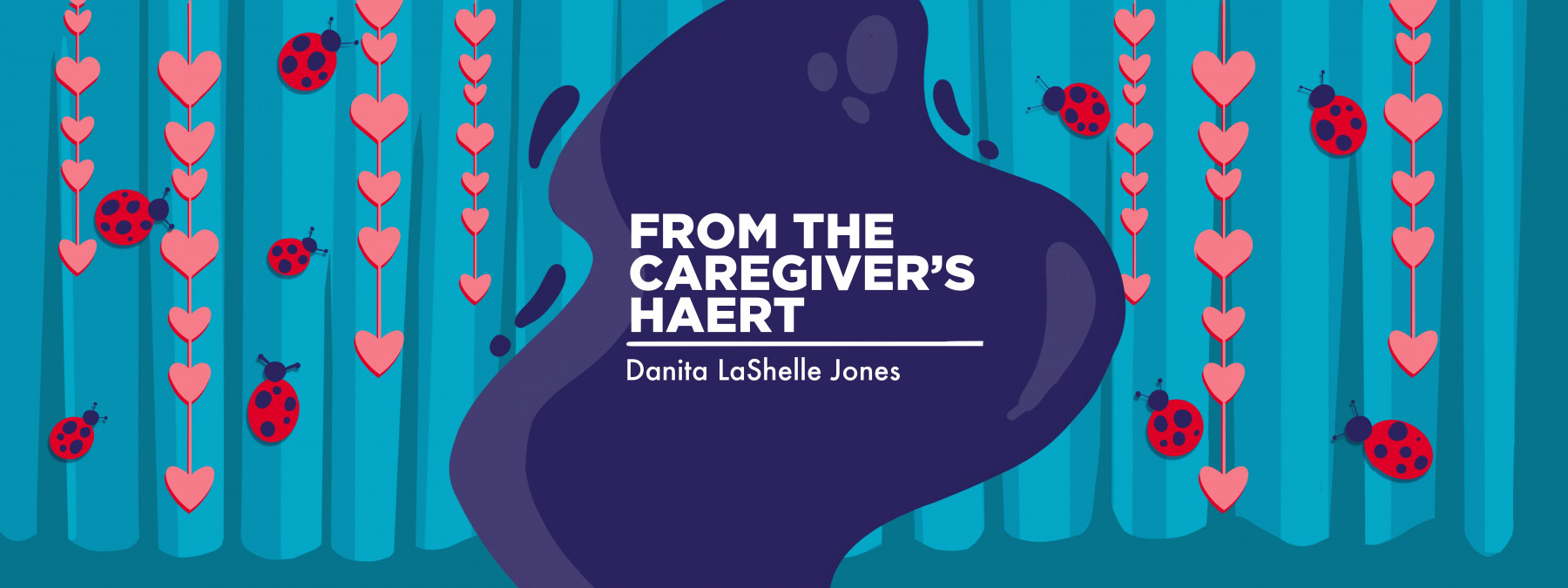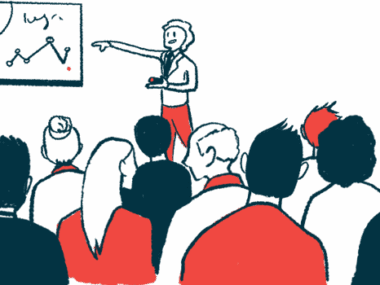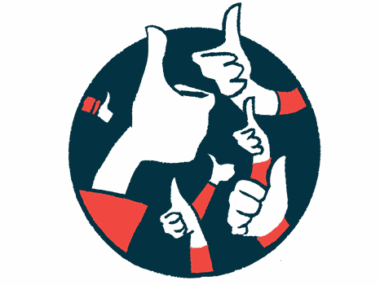How traveling abroad with my daughter was a lesson in self-care
An international flight reveals important lessons for this caregiver
Written by |

Although I am familiar with air travel, I recently started working with an organization that requires me to fly more than I used to. Weirdly, my favorite part of the flight is the passenger safety briefing. Even though my favorite airline relies on a well-produced short video to explain passenger safety, the message is always the same.
In the video, a parent carefully puts on her oxygen mask, then leans over and places a mask on a small child. It’s such a fantastic metaphor for self-care that I use it when talking with others about taking a moment to care for ourselves.
In my head, not only did I think I would be remarkable in the oxygen mask scenario, but I’ve also been applauding myself for doing better about self-care.
Unfortunately, I recently discovered I still have much to learn.
Security snag
Two weeks ago, our oldest daughter, whom we lovingly refer to as Ladybug, and I had the privilege to attend the HAEi Regional Conference Americas in Panama City, Panama.
Leading up to the trip, I was stressed. It’s one thing to travel with a hereditary angioedema (HAE) patient on a road trip, but it’s entirely different when traveling internationally on a flight. While most parents worry about passports, luggage, travel insurance, finances, and phone plans, we added a discreet cooler of emergency medication that had to go on the plane.
I was terrified. I packed enough medication for what I thought we might need, lined the reusable cooler with frozen gel packs, and fretted over making it through airport security and customs. The anticipation had me retrieving letters from Ladybug’s physicians, handling prescription sheets, and packing the itemized medical delivery list inside the cooler to ensure the contents were identifiable.
In addition, because this was Ladybug’s first international trip and her first time flying, I was apprehensive. I did my best to prepare her for checking bags, walking through metal detectors, and putting her bags through X-ray machines. I extensively explained what flying “feels like.”
At the airport, I let Ladybug walk ahead of me. I helped her put her carry-on bag on the belt, made sure she took her shoes off, stood somewhat “mother bearish” as she walked through the detector, overexplained the contents of the medical bag to the Transportation Security Administration (TSA) agent, and finally walked through.
I had done it. Ladybug had made it through the TSA checkpoint, and I was even more satisfied that the medical bag slowly moved toward me on the conveyor belt without any issue.
Until the conveyor belt stopped.
“Whose bag is this?!” a TSA agent screamed. I frantically looked at the medical bag, which was still untouched, but just behind it was my regular carry-on bag, held up by the agent.
I slowly raised my hand. “Mine?”
“Ma’am,” the woman said slightly annoyed, “you left your laptop and tablet in here!” She immediately emptied both into a bin, took the bin and my bag to the beginning of the conveyor belt, and we waited as everything slowly made its way through the X-ray machine — again.
With all of the things I had tried to ensure that my daughter had, I had failed to take care of my own belongings. And because of this, not only did I delay our progress, but I also affected everyone else in line.
Self-care is not selfish. It’s necessary, because when you don’t take care of yourself first, you could potentially affect those around you.
On our return flight home, I made sure to take care of my own stuff before checking to see if Ladybug needed my help. But because she had watched me take care of myself, she knew exactly what to do. And that’s the beginning of the most significant lesson she’ll possibly ever learn.
Note: Angioedema News is strictly a news and information website about the disease. It does not provide medical advice, diagnosis, or treatment. This content is not intended to be a substitute for professional medical advice, diagnosis, or treatment. Always seek the advice of your physician or other qualified health provider with any questions you may have regarding a medical condition. Never disregard professional medical advice or delay in seeking it because of something you have read on this website. The opinions expressed in this column are not those of Angioedema News or its parent company, Bionews, and are intended to spark discussion about issues pertaining to angioedema.







بكجات سفر
One of the best articles I have read. I hope to continue the same pattern
Danita LaShelle Jones
Thank you! And thanks for reading!